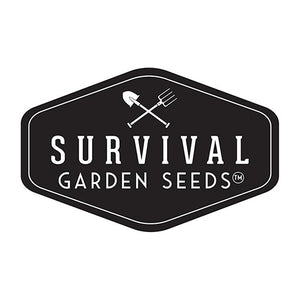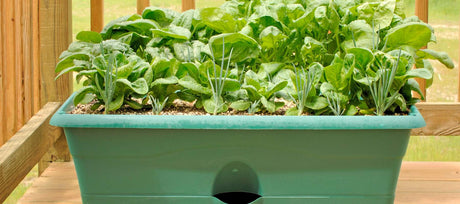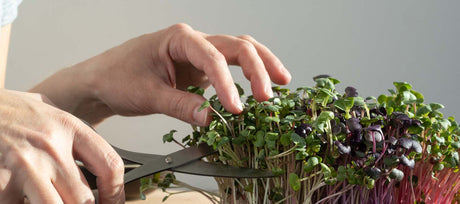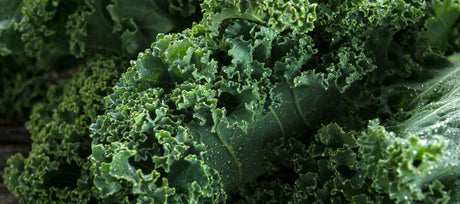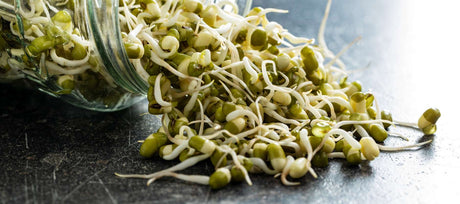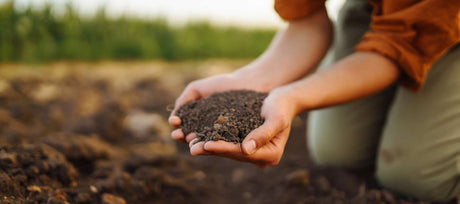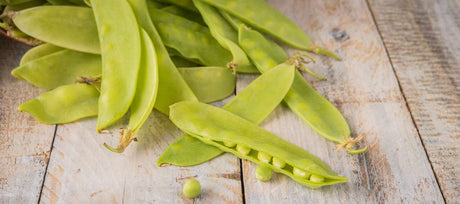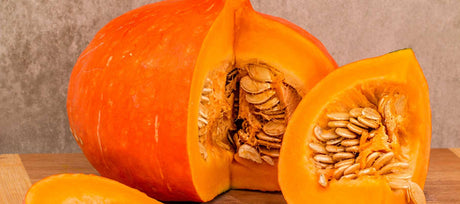Survival Garden Seeds offers high-quality parsnip seeds, with detailed instructions for optimal growth. Our heirloom seeds are chosen carefully for reliable germination, superior growth characteristics, and flavor.
Growing Parsnip Seeds in Your Garden
- Sweet, nutty roots
- Requires a full growing season
- Heirloom, non-GMO seeds
- Long-storing winter veggie
INTRODUCING PARSNIP SEEDS
Parsnip has been a cooking basic in Europe for a long time. It is highly valued for its versatility and hearty flavor. It can be roasted, mashed, or even used in soups and stews, becoming increasingly sought after in gourmet cooking. Originating from Eurasia, parsnips have adapted to different climates. Today, they are suitable for growth in USDA hardiness zones 2 to 9.
PLANTING PARSNIP SEEDS
Sow your parsnip seeds directly to the garden in early spring, as soon as the soil is workable. They require a deep, stone-free soil. This way, roots can grow long and straight. Plant seeds 1/2 inch deep, spacing them 2 to 3 inches apart in rows. Parsnips take a longer time to germinate than many other vegetables. Often, it will be 2 to 3 weeks before germination. Seeds benefit from consistent soil moisture during this period.
MAINTAINING PARSNIP PLANTS
Parsnips require regular care throughout their growth. Soil should be evenly moist, especially during dry periods, as water supports steady root growth. Thin the seedlings to 3-4 inches apart, making room for the roots to develop. Mulching prevents excessive evaporation and also keeps weeds away. Harvest parsnips after the first frost, which will sweeten the roots. Parsnips can stay in the ground and be harvested through the winter.
Growing parsnips is quite rewarding and provides high-quality fresh produce during the winter months. It takes some time to get to the harvest, but it is worth the effort. This is a delicious, nutritious vegetable, with a unique flavor that will make you realize you’ve picked the right seeds to sow.

